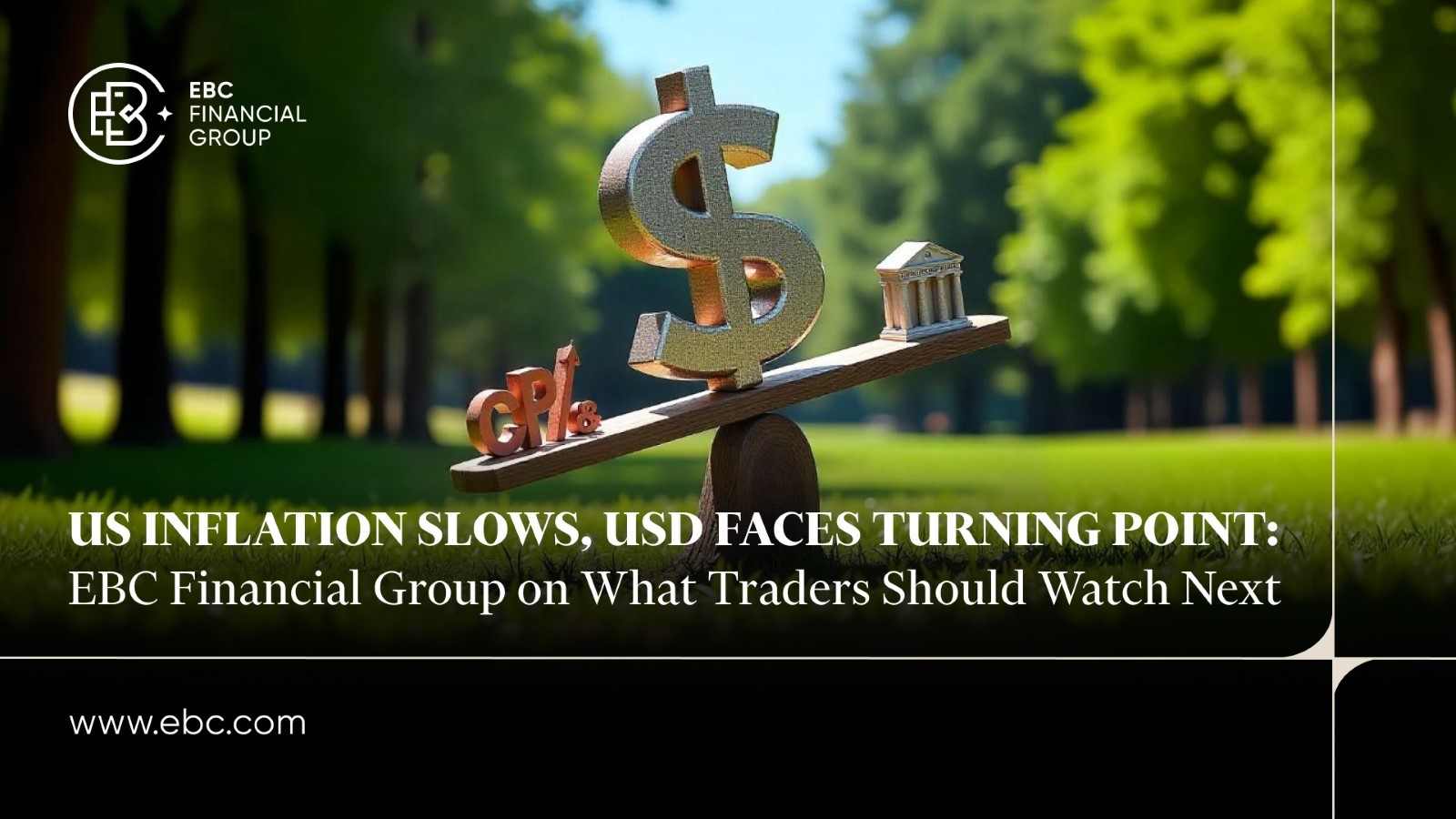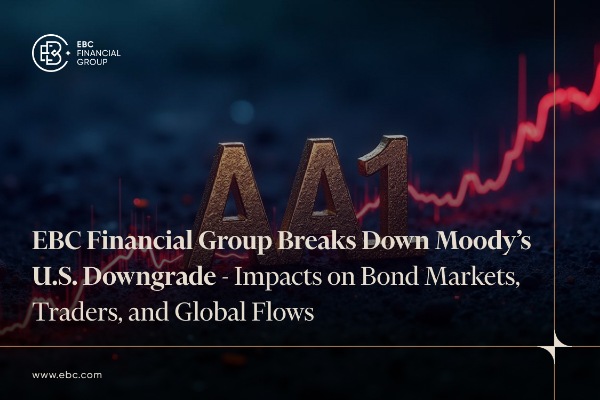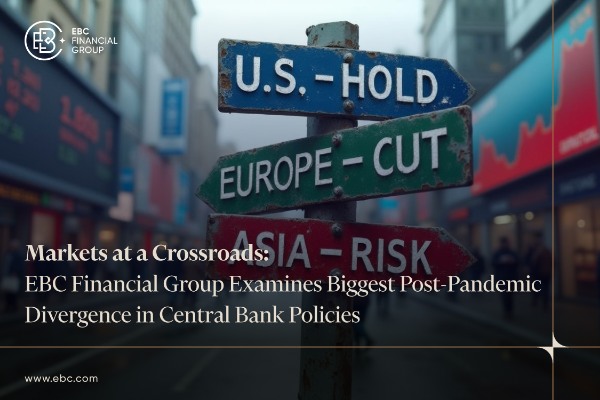April's U.S. Consumer Price Index (CPI) came in at 2.3% year-on-year, marking
its lowest level since March 2021. While markets initially welcomed the softer
inflation reading, we note that the implications for rate policy—and the U.S.
dollar's trajectory—remain far from settled.
With central banks now clearly diverging in their monetary approaches,
traders face a new cycle of volatility and opportunity, especially in major
currency pairs and USD-linked assets.
"CPI is only part of the story. What matters now is how the Fed interprets
this cooling within their data-dependent framework—and whether the dollar
continues to hold or begins to recalibrate," said David Barrett, CEO of EBC
Financial Group (UK) Ltd. "For traders, rate path speculation has once again
become a key driver of market momentum."

Focus Shifts to Fed Response and Dollar Direction
The latest data reinforces expectations that the Federal Reserve could begin
easing rates before year-end. Traders are now pricing in a potential cut as
early as September, though persistent services inflation and external shocks
could still delay the timeline.
At the same time, global policy divergence is becoming more pronounced with
the European Central Bank signalling that a further rate cut is likely by the
summer, strengthening the euro outlook if the Fed delays. The Bank of England
remains cautious, suggesting the pound could remain elevated for longer. Looking
towards Asia, the Bank of Japan continues to carefully exit ultra-loose policy,
putting upward pressure on yen dynamics.
This divergence has already started pulling capital into different
directions, setting up major FX and index-based trades—particularly via
instruments like CFDs—that hinge on the evolving interest rate gap between the
U.S. and its counterparts.
Strategic Positioning Amid Evolving Rate Expectations
Evolving USD Dynamics: The U.S. dollar remains responsive to changing rate
expectations. As inflation data moderates and economic indicators evolve,
currency markets may begin to reflect a more cautious outlook for USD strength.
Traders will be closely watching the interplay between Fed commentary and
incoming macro data for signs of further shifts.
Interest Rate Divergence Across Major Economies: With central banks around
the world taking different approaches to monetary policy, traders are seeing
renewed movement in currency differentials. This divergence is contributing to
broader price swings across FX pairs and global indices—offering tactical
opportunities for traders using instruments such as CFDs to express short- or
medium-term views with greater precision.
Resurgence in Demand for Defensive Assets: Periods of policy adjustment often
led investors to reassess their exposure to traditional safe havens. Should rate
easing become more pronounced, interest in assets like gold and the Japanese yen
could pick up—especially among traders leveraging CFDs to react quickly to
sentiment shifts without full asset exposure.
"What we're seeing now is a transition from inflation and policy-led trading
to one driven by relative interest rate positioning," added Barrett. "In this
environment, informed interpretation of central bank signals becomes a key
differentiator for traders."
Navigating Rate Cycles with Flexibility and Insight
As global markets enter a phase defined by policy divergence and shifting
macro conditions, we remain committed to helping traders stay agile. "In a
fragmented policy environment, adaptability becomes an edge," Barrett concluded.
"At EBC, we help traders move beyond reacting to data—toward interpreting
direction."
Through timely analysis, globally regulated platforms, and tools like CFDs
that enable strategic positioning across currencies, indices, and commodities,
we equip our clients to navigate uncertainty with confidence.
Trading Contracts for Difference (CFDs) entails a substantial risk of swift
financial loss due to leverage, rendering it inappropriate for all investors;
thus, a thorough evaluation of your investment objectives, expertise, and risk
appetite is imperative prior to engagement.







